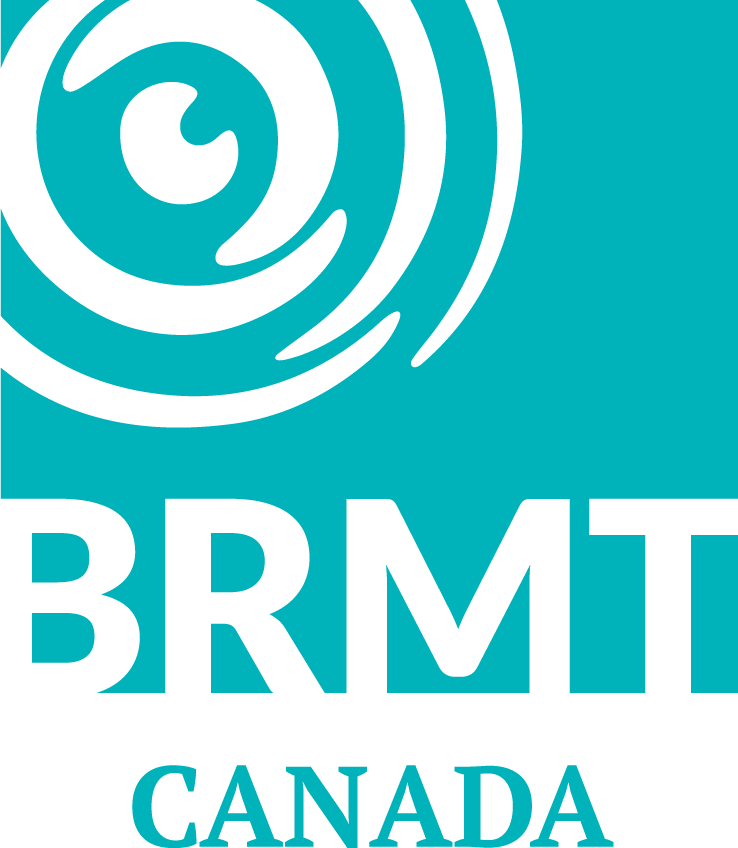Tonic & Landau Reflex
The Tonic Labyrinthine Reflex (TLR) helps with the development of neck and head control, increases muscle tone, improves posture and balance, and develops the proprioceptive and balance senses. The Landau Reflex helps with coordination between the upper and lower parts of the body.
Tonic Labyrinthine Reflex (TLR)
The Tonic Labyrinthine Reflex (TLR) has two parts:
TLR forwards: This reflex develops 12 weeks after conception and should be integrated 3 or 4 months after delivery.
TLR backwards: This emerges at birth and is inhibited gradually from 6 weeks to 3 years.
The TLR helps babies learn about gravity after delivery and aids in mastering neck and head control. The proprioceptive sense is stimulated by the change of muscle tone and the reflex gives the child an opportunity to practice balance, muscle tone and proprioception.
The TLR is involved in the simultaneous development of postural reflexes, symmetrical tonic neck reflex, and the Landau reflex to help the infant develop coordination, proper head alignment, and posture.

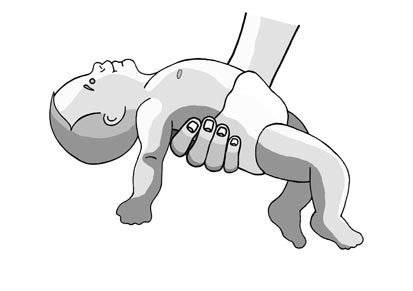
Some signs that the TLR may not be integrated:
Poor body posture and problems keeping the back straight
Weak neck muscles, low muscle tone
Fear of heights
Challenges with eye tracking/auditory processing
Balance problems (especially when looking downward)
Difficulty focusing and paying attention
Hunched posture
Problems with eye muscles (cross-eyed)
Organization and spatial challenges
Games to help support integration of the Tonic Labyrinthine Reflex:
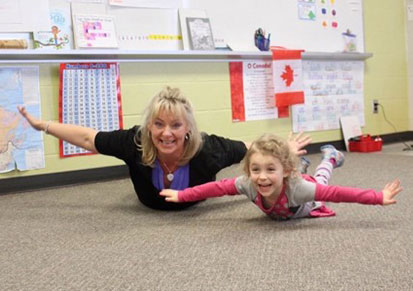
Flying Superheroes

Partner Ball
Primitive Reflexes
Postural Reflexes
- The Amphibian Reflex
- Crawling Reflex
- Neck and Head Righting Reflexes
Bridge or Transitional Reflexes
Landau Reflex
The Landau Reflex has two parts:
Upper Landau: At the age of four weeks an infant lying on their stomach starts to lift their head. After another month or two the child will also lift their chest when the head is raised.
Lower Landau: After the age of four months the child will start to extend and raise their legs, while lifting their head and chest, in the prone position (on the stomach).
The Landau reflex should be integrated by the age of three. When the reflex is integrated, the child will lie on their stomach and keep their legs on the floor when the head is lifted.
The Landau reflex is important for the integration of the TLR forward and helps to increase muscle tone in the back and neck. When the infant is able to lift their chest from the floor, his or her arms become free to grasp things and bring them to the mouth. This skill helps with reading as it helps develop near vision and convergence.



Games to help support integration of the Landau Reflex:
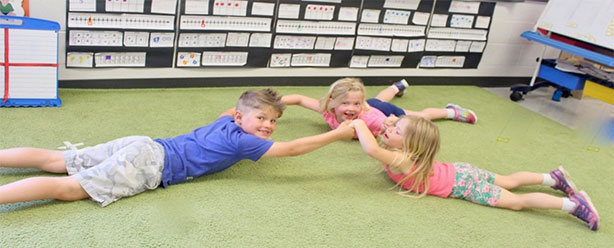
Flying Superheroes
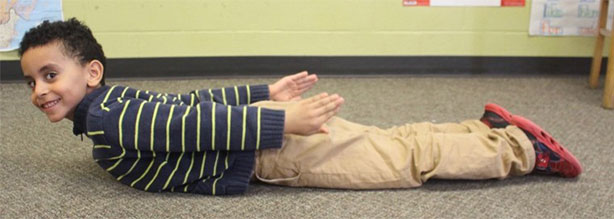
Superman Arms Back

Superman
To learn more, attend a Blomberg Rhythmic Movement course or workshop!
We are always adding new course dates and locations.
